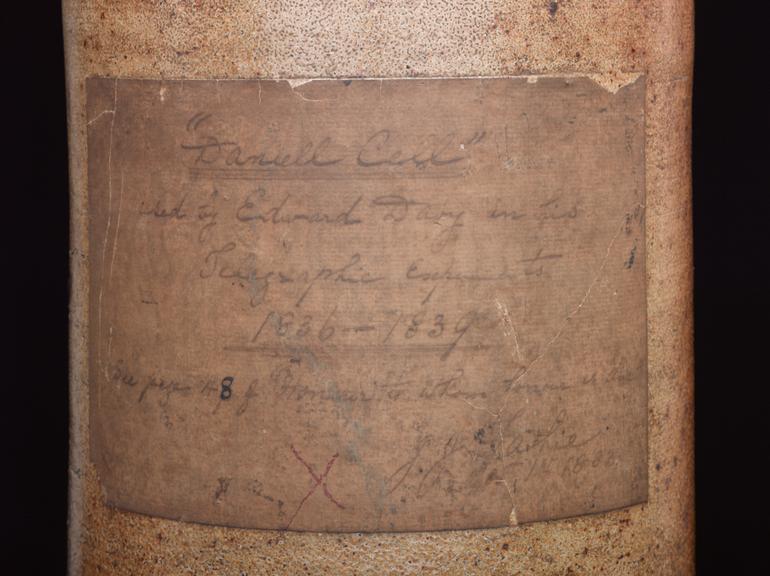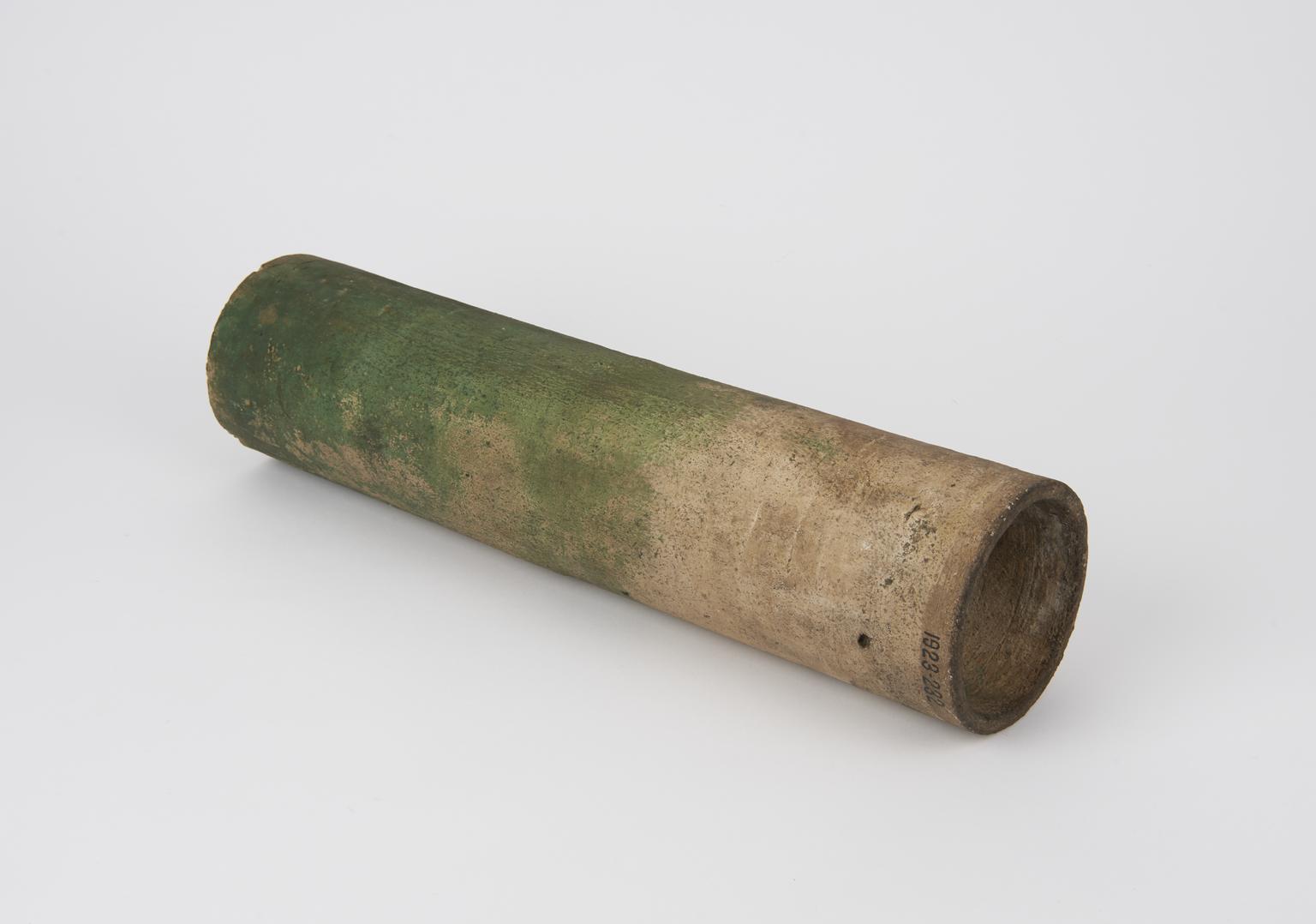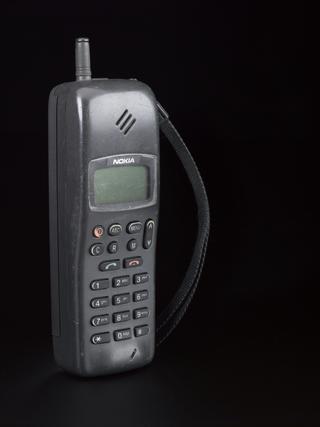Daniell cell used by Edward Davy, 1836-1839
Daniell cell used and possibly made by Edward Davy, England, 1836-1839. Found in a field in Somerset by J J Fahie, an historian of the electric telegraph, in 1883. The Daniell Cell is named after John Frederic Daniell, who invented it in 1836, and is a form of electro-chemical battery. Daniell cells use copper in copper sulphate and zinc in zinc sulphate, each in a separate pot. The two are connected by a salt bridge, which allows ions to move from one pot to another, so generating an electric charge. This particular Daniell cell is believed to have been used by Edward Davy, who in 1837-8 was a rival to Cooke and Wheatstone in developing a practical electric telegraph. For personal reasons Davy emigrated to Australia in 1838 and his experimental apparatus was stored. Sadly most of it was destroyed later but a few Daniell cells were found and rescued, of which this is one.
- Materials:
- ceramic (unspecified) and glaze
- Object Number:
- 1923-232/1
- type:
- battery
- Image ©
- The Board of Trustees of the Science Museum














